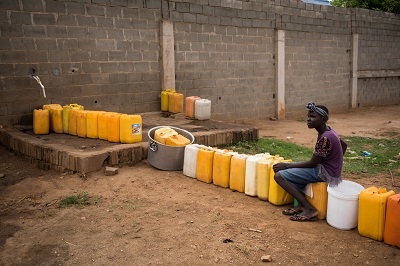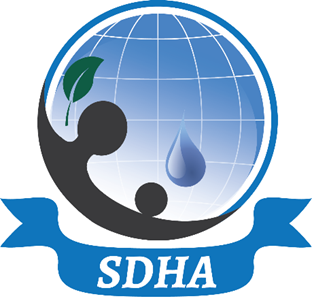
Children in Africa continue to suffer from effects of various scenarios that include Water shortages, inadequate sanitation, poor hygiene practices and disease outbreak. Figures released by UNICEF in March 2017 show that while famine is devastating some African countries, effects reach children who are malnourished.
UNICEF says “The combination of malnutrition, dirty water and poor sanitation sets off a vicious cycle from which many children never recover”
Nigeria
In northeast Nigeria, 75 per cent of water and sanitation infrastructure in conflict-affected areas has been damaged or destroyed, leaving 3.8 million people with no access to safe water. Displaced families are putting enormous pressure on already strained health and water systems in host communities. One third of the 700 health facilities in the hardest-hit state of Borno have been completely destroyed and a similar number are non-functional.
Somalia
In Somalia, the number of people needing access to water, sanitation and hygiene in the coming weeks is projected to increase from 3.3 million to 4.5 million – about a third of the population. Many water sources have dried up or are contaminated, toilet facilities are in short supply, and water-borne diseases are rampant. More than 13,000 cases of cholera and acute watery diarrhoea have been reported since the beginning of the year, nearly five times more than in the same period last year. Water prices have risen six-fold in the remotest areas – putting it out of reach of the poorest families.
South Sudan
In South Sudan, 5.1 million people lack safe water, adequate sanitation and hygiene. Half of the water points in the country have been damaged or destroyed. As a result of seasonal dry weather, low water tables are reinforcing competition for water among people and animals, with the result that scarce water sources are being over-used. Lack of adequate sanitation facilities and poor hygiene practices are spreading disease. A cholera outbreak in June 2016 produced more than 5,000 cholera cases and over 100 deaths.
Source. UNICEF/ Press release of 29 March 2017:
